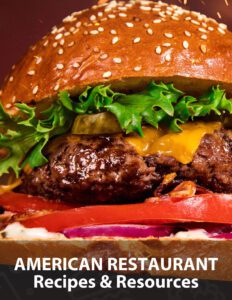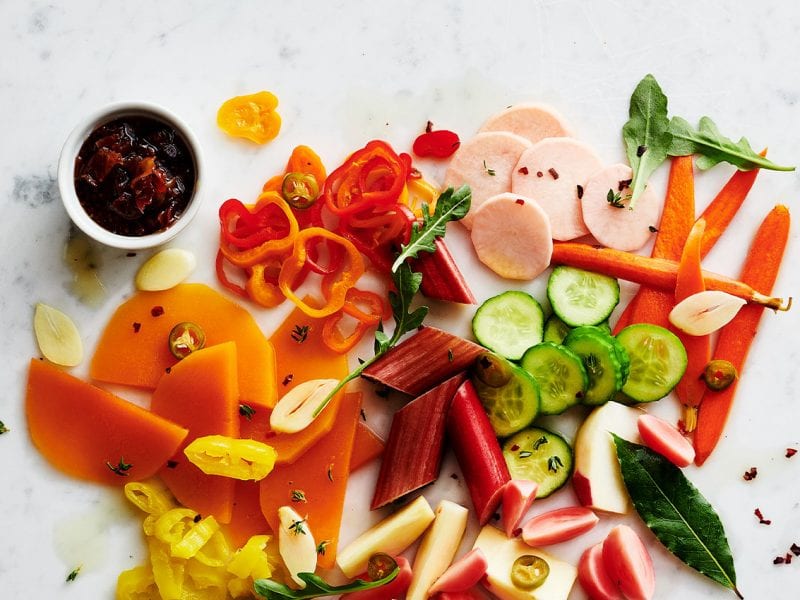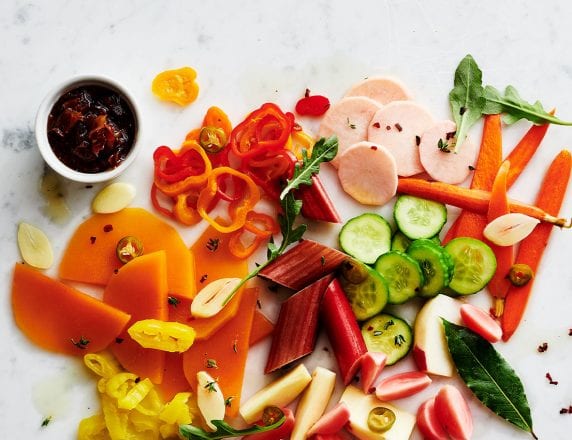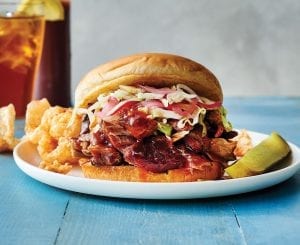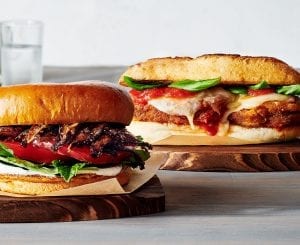Would your customers care for some kimchi? How about a plate of savory sausage with a side of pickled green beans? Pickled veggies are having a moment, inspiring operators and chefs to experiment with new ways to brine and to add these bright, acidic dishes to their menus.
Sharpen Your Flavors
One of Britten’s signature dishes is ‘Pickled Fall Vegetables,’ featuring cold smoked bacon, maple syrup, butternut squash, potatoes, mini cucumbers, carrots, turnips and radishes. He uses Sysco Imperial McCormick Pickling Spice, which is also an attractive option for less seasoned chefs because the spices, which help draw out the flavors of the vinegar and sugar mixture, are premixed. As for which vegetables to choose, Britten recommends that chefs pick the highest-quality seasonal produce in your local market.
Healthy Veggies, Served All Day
For operators hoping to better serve the needs of health-conscious consumers, pickled veggies are a great choice across every daypart. Add them to breakfast bowls, as an accent on sandwiches, and as a side to smoked and roasted meats at dinner.
It’s a very simple, profitable way to come up with unique flavors and textures. And patrons are eating it up.
Patrick Britten
You’re already starting with wholesome produce, and the fermentation process can further boost the nutritional value of certain foods. Pickling is great for gut health, too: During fermentation, live bacteria break down food components, making some foods easier to digest.
One of the advantages of pickled vegetables is that patrons can enjoy them year-round. The idea of bringing back some of the beautiful summer vegetables in the fall and winter there’s that nostalgia of pulling in those flavors, Britten says. Patrons get the memories they had in summer on that cold winter day.





